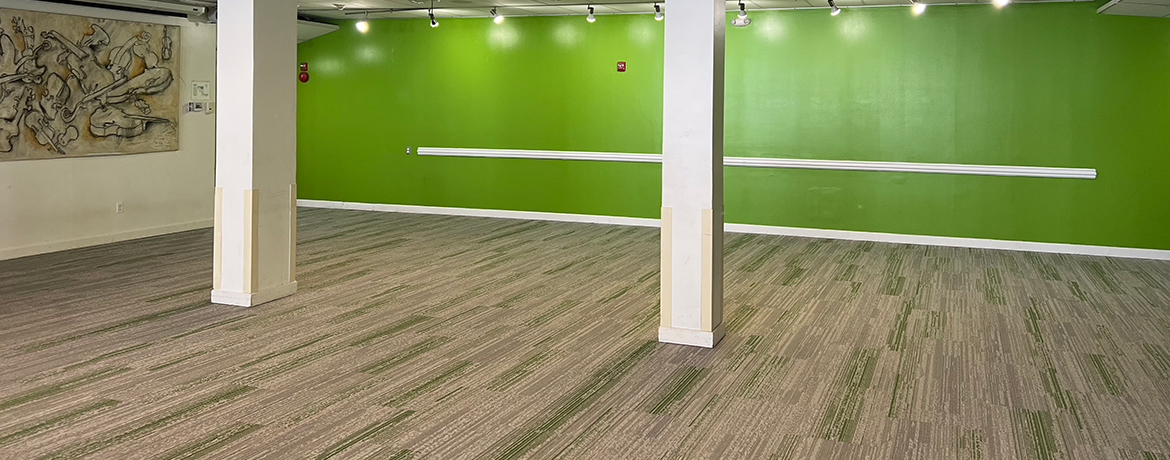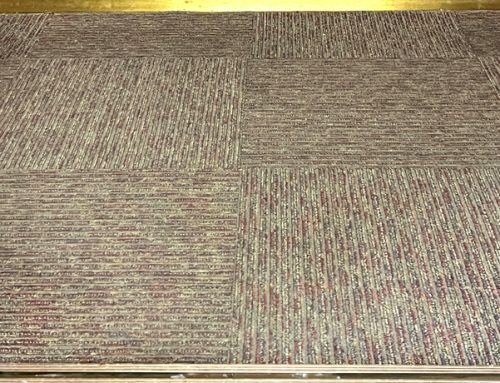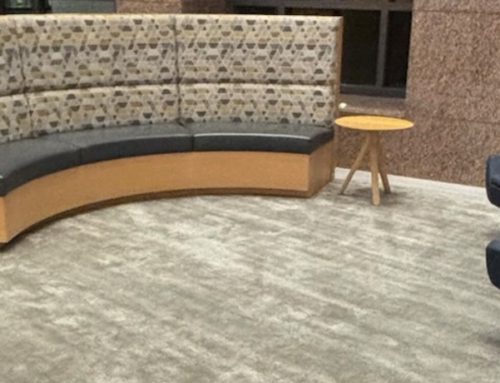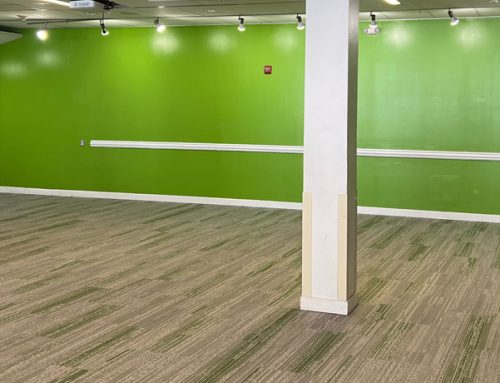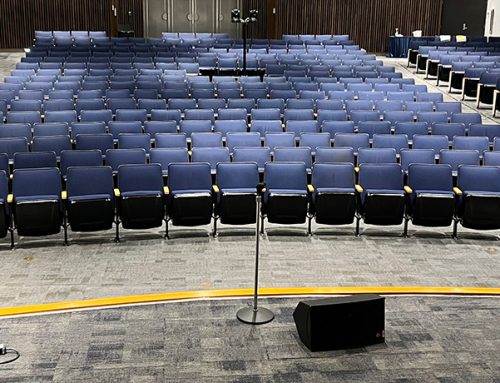Summer break may seem a long time from now as we sit here in the cold winter days of February. But if you’re thinking about embarking on a major flooring project for your school or educational facility while students are gone, the time to start is now.
The foundation of any school environment is the flooring on which hundreds, if not thousands, of kids and faculty walk and play every day. As such, selecting the right flooring option for schools and classrooms is crucial. Given the beatings school floors take and the tight budgets many schools face, flooring should be durable, easy to clean and maintain, economical, and conducive to creating a positive atmosphere for education.
But evaluating your needs, creating a budget, and planning for and specifying out your flooring project takes time, thought, and effort. If you wait until summer to begin the process, the actual work may not get done before students come back in August or September.
Projects such as renovating or installing new flooring in cafeterias, hallways, gymnasiums, and classrooms all require at least six to eight weeks of lead time if the goal is to start work at the end of the school year. That is because all of the following stages need to be completed before the first tile or plank can be laid.
Needs and Goals Assessment
The first step for school is to clearly identify the objectives of the flooring project, whether it’s to replace old and damaged flooring, enhance aesthetics, improve safety, or address specific functionality, such as sound absorption or slip resistance.
Site Inspection and Evaluation
To understand the cost and scope of your project, you first must understand the current condition of your flooring and facilities by performing a comprehensive site assessment. This evaluation should include checking the subfloor integrity and identifying any areas with cracks, uneven surfaces, or other structural concerns that may need repair before installation. You’ll also want to take detailed measurements of all project spaces to determine the exact square footage involved.
Research Flooring Options
Selecting the appropriate flooring material is critical for a school environment. At Eagle Mat, we offer many options that are well-suited to the unique needs of educational facilities, such as carpet tiles, luxury vinyl tiles, or rubber flooring.
The best way to determine which material is best suited to your needs and budget is to consult with experienced flooring professionals who can help you assess traffic and usage patterns, durability and maintenance requirements, cost, and suitability for specific areas (e.g., classrooms, gymnasiums, hallways).
Develop a Budget and Timeline
You will need to create a detailed budget that includes material costs for flooring, adhesives, underlayments, and any additional components, as well as labor costs. Given your tight deadline for completion, establish a realistic project timeline that accounts for the procurement of materials, scheduling of labor, and any arrangements needed to prepare the facility for the project.
Obtain Necessary Approvals and Permits
Many schools require approval from the school board or district before beginning significant renovations. Prepare a detailed proposal that includes the project scope, budget, timeline, and rationale.
A major school floor renovation project can seem daunting when you first start the process. But it is not a process that you need to embark on alone. At Eagle Mat & Floor Products, our professional flooring experts, who have extensive experience working on school and education projects, can help you at every planning stage so that your project can commence and be completed on time and on budget.
Contact Eagle Mat today to speak with a member of our knowledgeable sales team about how we can help you, your teachers, and your students create the perfect environment for learning.

